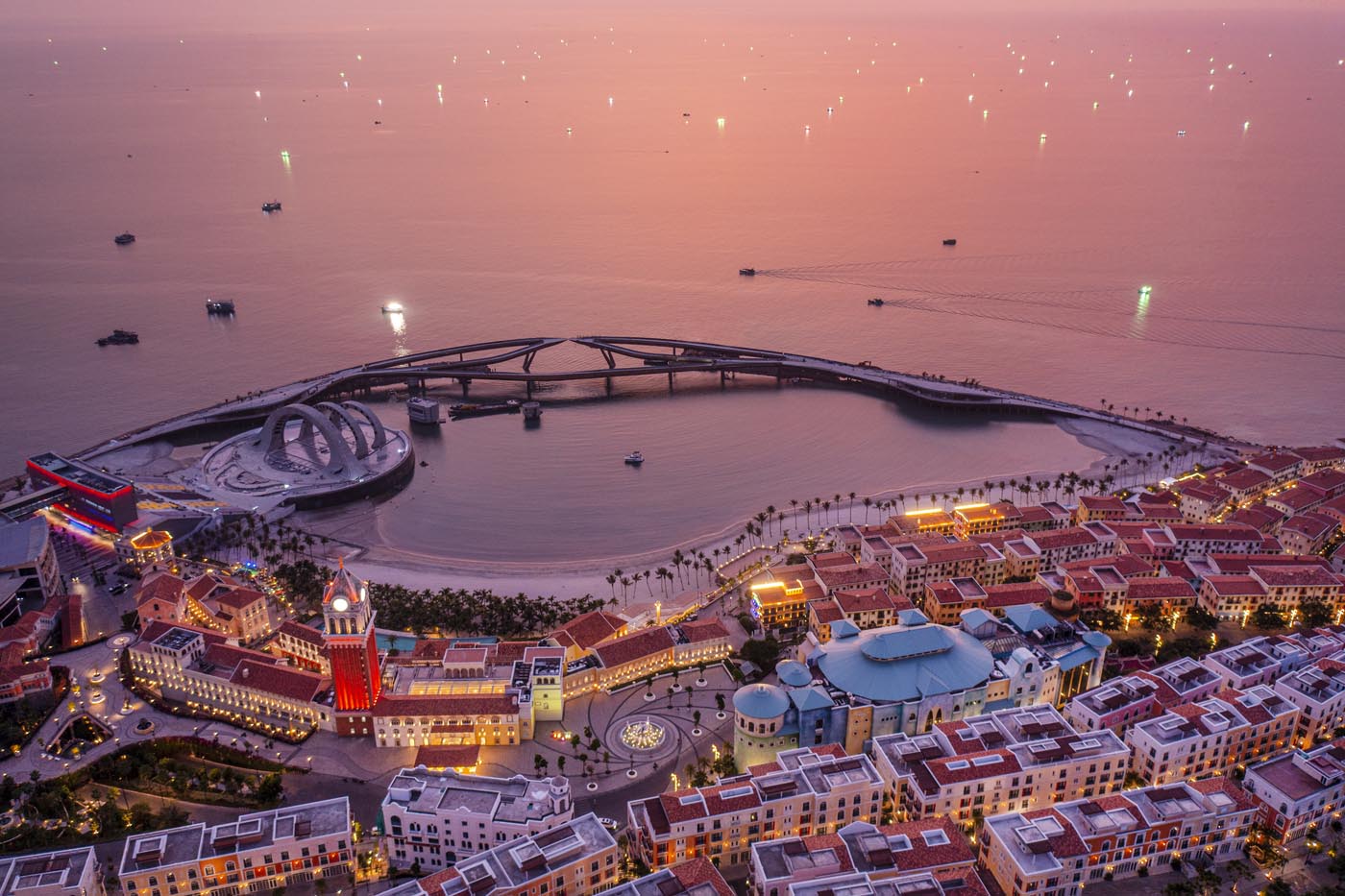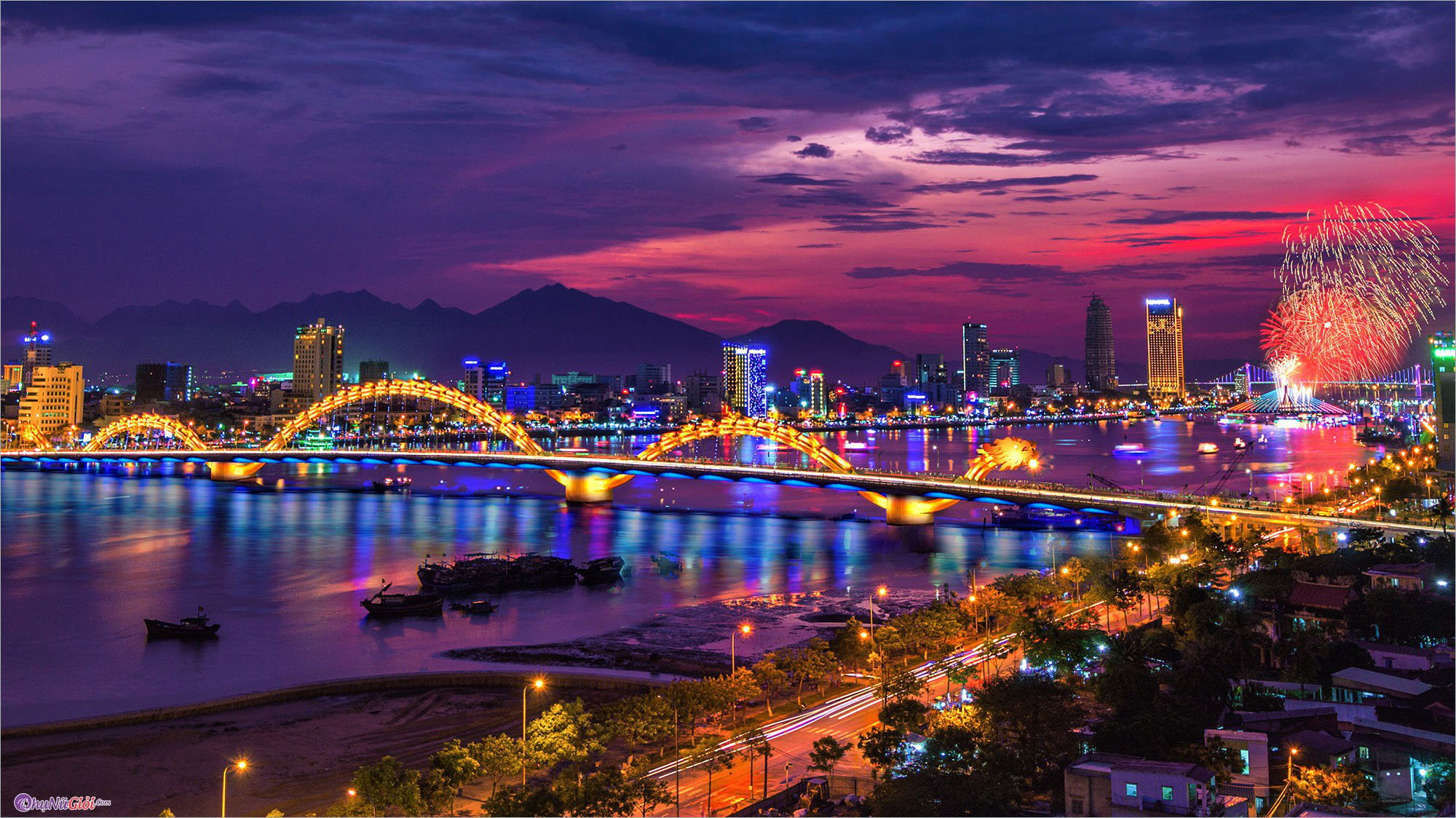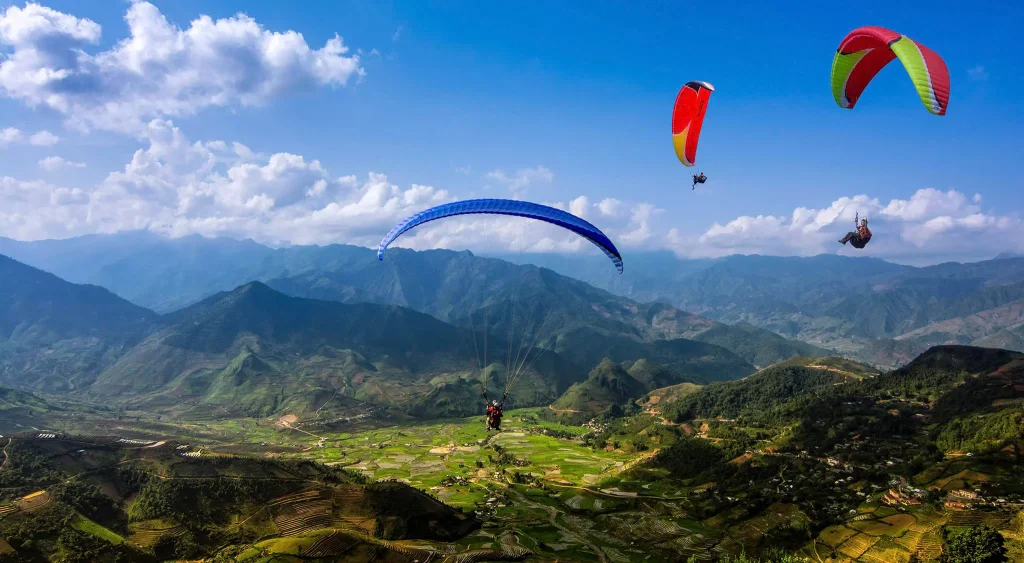5 Reasons Why International Tourists Want to Travel to Vietnam

Vietnamese cuisine doesn’t need to have a Michelin star to become delicious and doesn’t need any judges to be famous. They follow the yin-yang principle and the ancestors’ rice civilization, using fresh vegetables and spices, such as fish sauces, chilies, lime, garlic, ginger, pepper, and many types of herbs, to create a rich yet refreshing flavor. Their gastronomic diversity is featured by the way they cook that dish according to where they’re from, or I can say it is regional diversity.
Vietnamese cuisine is incredibly rich and diverse—from the hearty pho of Hanoi to the delicate Cao lầu of Hoi An, and the spicy Bun bo Hue of Central Vietnam. But here’s the truth: no single trip is enough to taste it all.
Every region, city, and even village has its own local specialties, secret recipes, and flavor profiles. That’s why, once you’ve had your first taste of Vietnam, you’ll feel the irresistible pull to come back. One visit won’t be enough—you’ll return again and again to truly explore the endless world of Vietnamese cuisine.
The best way to eat cuisine in Vietnam is not by going to luxury restaurants but by eating food in casual food establishments placed in their house or even on the sidewalk. By that, you could taste every chef’s skills that made it for years, which couldn’t be replaced by anyone else and can’t be judged.

Vietnamese people lead a different lifestyle. Their vibrant culture, healthy way of life, and warmth not only draw in a lot of foreign friends who come to visit and experience a different way of life but also invite them to stay and make a lasting commitment. Foreigners are constantly amazed by the laid-back lifestyle of Vietnamese people. It is difficult to come across a nation whose citizens are both modern and open-minded while also maintaining their cultural traditions that have endured throughout the nation’s lengthy history.
What makes Vietnam truly unforgettable is not only its landscapes and cuisine but also the warmth of its people. Vietnamese hospitality is unique—locals welcome travelers with open hearts, without judgment of race, skin color, or religion. Whether you are sharing tea with a family in the countryside, being greeted by friendly vendors at a market, or guided by a host in the city, you will always feel embraced and valued. This spirit of genuine kindness ensures that every visitor leaves Vietnam with not just memories but a sense of belonging. A culture deeply rooted in tradition yet open to the world, a lifestyle that blends calm with connection, and a warmth that makes strangers feel like family.
Come for the beauty, stay for the belonging.

-
Eligible Countries: Germany, France, Italy, Spain, the United Kingdom, Russia, Japan, South Korea, Denmark, Sweden, Norway, and Finland.
-
Duration: Up to 45 days from the date of entry.
-
Conditions: You must meet all standard entry requirements.
-
Validity: Until March 14, 2028.
-
Countries: Countries like Thailand, Cambodia, Malaysia, Indonesia, Singapore, Laos, the Philippines, Myanmar, and Brunei.
-
Conditions: A bilateral agreement between Vietnam and your country applies, allowing for a specific period of stay.
-
Details: Check with the Vietnamese Embassy or Consulate in your country for specific details on duration and requirements.
-
Eligibility: People of Vietnamese origin, their spouses, or children.
-
Requirements: You need a passport with at least 6 months of validity beyond the exemption period’s expiry date.
-
Details: You may need to apply at the Vietnamese Embassy or Consulate, and you must leave Vietnam every six months.
-
Eligible Groups: Official guests of high-ranking Vietnamese leaders, scientists, experts, highly skilled digital technology professionals, leading investors, and influential figures in culture, arts, sports, and tourism.
-
Requirements: Must meet specific criteria and be approved by Vietnamese authorities.
-
Details: This category has been updated by Decree 221/2025/NĐ-CP, effective August 15, 2025.
Northern Vietnam – A Land of Heritage, Tradition, and Ethnic Diversity
Northern Vietnam is the cradle of the nation’s culture, home to ancient traditions and rich historical legacies. Hanoi, the thousand-year-old capital, is a vibrant intersection of French colonial architecture, deep-rooted Vietnamese heritage, and modern urban life. The world-renowned Ha Long Bay dazzles with thousands of limestone islands rising from emerald waters. Nearby, Ninh Binh—often called “Ha Long Bay on land”—features stunning karst landscapes, the Trang An Scenic Landscape Complex, and the spiritual site of Bai Dinh Pagoda.
The Northwest highlands are culturally diverse, home to ethnic groups such as the H’Mong, Dao, Tay, and more. Key destinations include Ha Giang with its Dong Van Karst Plateau, Lao Cai with Sapa and Mount Fansipan, Cao Bang known for the majestic Ban Gioc Waterfall, and Bac Kan with the serene Ba Be Lake. This region offers a mix of breathtaking natural scenery and deep-rooted folk traditions.


